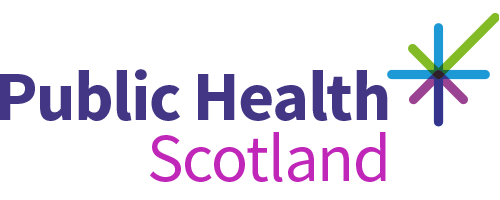- Published
- 06 May 2025
- Journal article
Enhanced variant neutralisation through glycan masking of SARS-CoV-2 XBB1.5 RBD
- Authors
-
- Source
- Emerging Microbes & Infections
Abstract
SARS-CoV-2 continues to evolve antigenically under the immune pressure exerted by both natural infection and vaccination. As new variants emerge, we face the recurring challenge of updating vaccines at significant financial cost to maintain their efficacy. To address this, novel strategies are needed to enhance the breadth of protection offered by vaccines or, at a minimum, extend their effectiveness over time. One such strategy is antigen modification. In this study, we introduce a glycosylation site into a binding but non-neutralizing epitope within the SARS-CoV-2 XBB.1.5 receptor binding domain (RBD) to redirect the immune response towards more potent neutralizing epitopes. Immunization of mice with this modified antigen via the mRNA vaccine platform resulted in a dramatic increase in neutralizing antibodies compared to the wild-type XBB.1.5 RBD, showing superior protection against a range of SARSCoV-2 Omicron variants, from BA.2 to JN.1. Our findings reinforce the power of the glycan masking approach, which in combination with the now well-established mRNA vaccine platform can contribute to broader and better vaccines.
Rights
This is an Open Access article distributed under the terms of the Creative Commons Attribution License (http://creativecommons.org/licenses/by/4.0/), which permits unrestricted use, distribution, and reproduction in any medium, provided the original work is properly cited. The terms on which this article has been published allow the posting of the Accepted Manuscript in a repository by the author(s) or with their consent.
Cite as
Olivier, J., George, C., Huang, C., Sujit, S., Tonks, P., Cantoni, D., Grove, J., O'Reilly, L., Geiger, J., Dohmen, C., Mummert, V., Samuel, A., Plank, C., Kinsley, R., Temperton, N., Pfranger, M., Wagner, R., Heeney, J., Vishwanath, S. & Carnell, G. 2025, 'Enhanced variant neutralisation through glycan masking of SARS-CoV-2 XBB1.5 RBD', Emerging Microbes & Infections, 14(1). https://doi.org/10.1080/22221751.2025.2502011
Downloadable citations
Download HTML citationHTML Download BIB citationBIB Download RIS citationRISIdentifiers
- Repository URI
- https://eprints.gla.ac.uk/356040/
